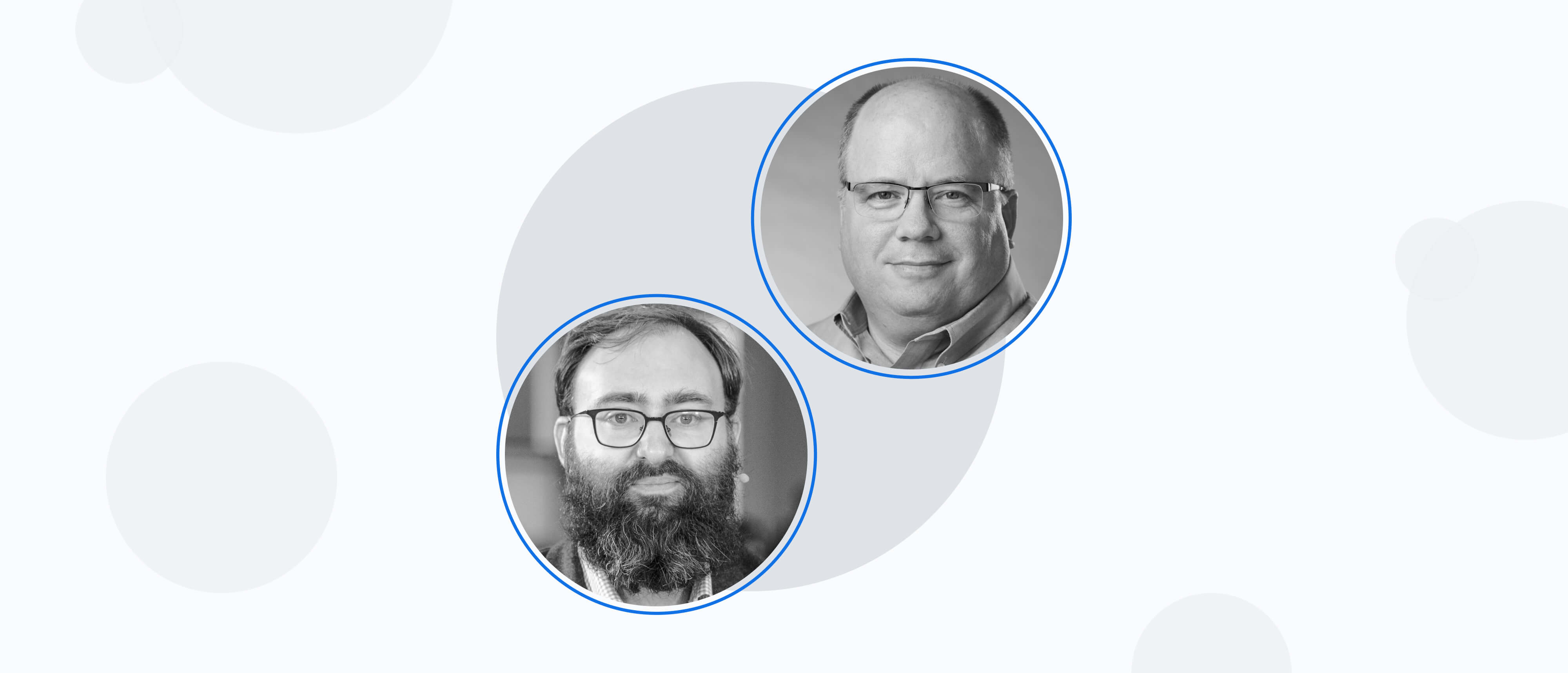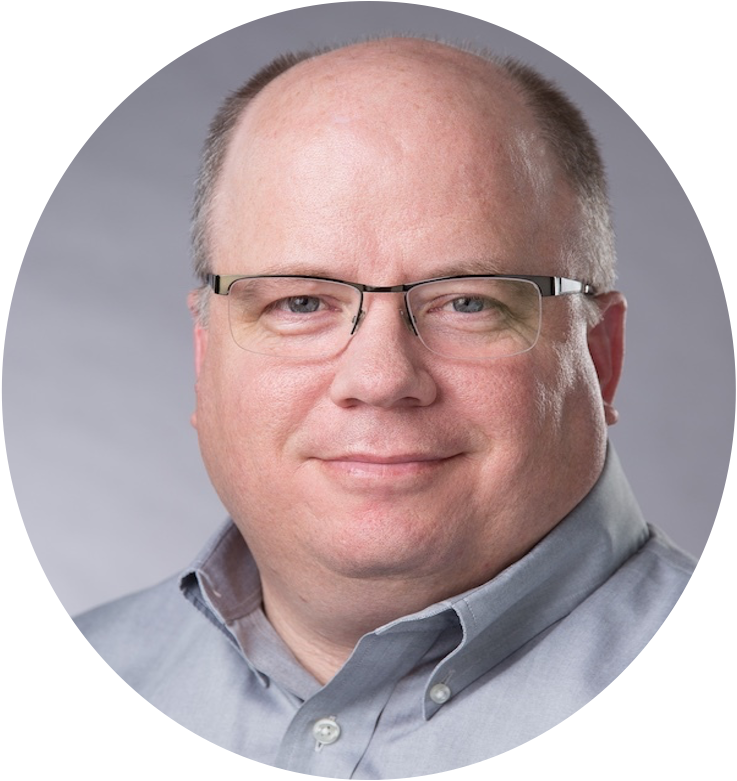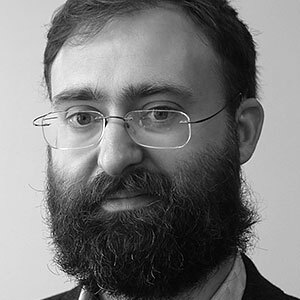Collaboration after COVID: How to build operational resilience

Speakers

Bryan Stallings
Chief Evangelist, Lucid

Chris Marsh
Research Director at 451 Research, part of S&P Global
As businesses get back in the groove following a period of constant disruption, it’s important to consider the lasting impact the COVID pandemic has had on the ways we collaborate, share information, and innovate.
More important to consider, though, is where we go next—and what areas businesses should focus on and invest in to create sustainable success and stay resilient for the future when new disruptions arise.
Join Lucid and 451 Research for a deep dive into the data and to learn actionable tips for increasing operational resiliency, including:
- Insights and data from 451 Research on key areas of investment you should consider in order to build operational resilience in a turbulent market.
- Examples of how a visual approach to collaboration can help teams work more efficiently by making faster decisions with increased clarity (with use cases and take-home templates).
About the speakers
Chris Marsh
As Principal Research Analyst, Chris sets the vision for and manages the Workforce Productivity and Collaboration practice at 451 Research, a part of S&P Global Market Intelligence. The WPC practice focuses on a broad range of enterprise software including technologies supporting workforce planning, project and work management, collaboration, content and innovation management, learning and skilling, and content creation. As part of his role, Chris owns the team's Voice of the Enterprise survey data product, which surveys a mix of business and technology leaders and employees around the pain points, frustrations, aspirations, and strategies supporting workforce productivity and engagement.
Bryan Stallings
As the the Chief Evangelist for Lucid Software, Bryan is tasked with sharing all he has learned about individual and team effectiveness from more than 20 years spent bringing people together in the workplace. Bryan engages with recognized thought leaders to share their insights on the subjects of agility, collaboration, facilitation, teaming, and workplace culture. Additionally, Bryan creates clarity within the product organization about end-user perspectives and corresponding product features.